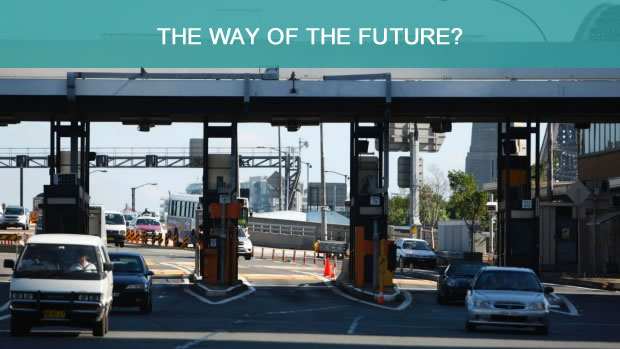In something of a U-turn the Government has finally agreed that congestion charging (a.k.a. tolls) is an important tool for Auckland – something we have been arguing for some time. This is great news for Aucklanders and the rest of the country. Congestion charging will reduce the numbers of cars on Auckland’s clogged roads at peak times. It will also generate revenue that can be invested in Auckland’s ailing infrastructure and providing public transport alternatives. But most important of all it provides a massive incentive to reduce sprawl.
The remaining piece of the puzzle to get Auckland’s development on track is reducing the restrictions on building up. After the disappointment of the Government’s National Policy Statement on this issue, it will be interesting to see what the Unitary Plan delivers.
Reducing Traffic Jams
Although Government initially rejected congestion charging when it was first proposed by the Auckland Council, the rationale has been obvious for some time. While motorists pay for the costs of building new roads through their petrol levies or road user charges, they don’t pay the full costs of the congestion they create. The costs of having people and freight stuck in traffic are enormous. Minister Bridges has realised what the Council and economists have been saying for some time – that you can only add so many lanes to motorways. Eventually you need to do something to reduce the demand, particularly at peak times.
Given the problems, Aucklanders have been doing this themselves for some time; we all have a friend who gets up at 5am to avoid traffic. Congestion charging is a much more efficient way of solving the problem. Like any price, tolls or congestion charges reduce the number of car trips taken, encouraging people to find other ways of getting around. Meanwhile the people who continue to use the roads pay the charge, and in return they share the roads with fewer cars, getting a quicker trip.
London has had a congestion charge on car travel in the centre of the city for over a decade now. On the whole this has been very successful – reducing car trips and encouraging people to carpool, use public transport, cycle and walk.
Raising Money to Invest in Alternatives
Of course, the problem this raises is that not everyone feels they have an alternative to using their car to get to their work or study. This is where the money raised comes in – in London the money raised has gone into providing cheap, convenient public transport alternatives. Given how sprawled Auckland has become, in some far flung corners this may involve park and ride schemes.
They are usually suspicious of new charges, but to their credit Taxpayers Union have come out in support of congestion charging. And so they should given that it is a rational, efficient charge – effectively user pays. However, where they fall down is that they expect to see this revenue recycled in lower petrol levies. This would be a bad idea for a couple of reasons.
Firstly, Auckland needs the money to provide real alternatives such as public and active transport opportunities. This is a massive challenge and will require considerable cash.
Secondly, petrol levies are required to incentivise the move off fuel. Given that the Government is resisting letting the price of carbon in the Emissions Trading Scheme rise above $25 (the sort of price control we haven’t seen since Muldoon, effectively preventing the market from working), fuel excise is the strongest incentive to reduce fuel use that we have. New Zealand already has relatively low fuel levies internationally, and given that we have to wean ourselves off fossil fuels by the second half of this century, lower petrol levies would be a retrograde step.
An incentive against sprawl
Congestion charging also provides a vital incentive against sprawl. As we have pointed out, sprawl is a false economy; house prices might be cheaper but the transport and infrastructure costs are far higher overall. Congestion is a major part of this; sprawl encourages people to rely on their cars, which is fine until everyone tries to drive through town at the same time. Congestion charging and infrastructure bonds can help ensure that those people building on the fringes pay for the true costs that they are creating. The inclusion of congestion charging is a way to ensure the reforms suggested by Phil Twyford don’t lead to excessive sprawl.
The final piece of the jigsaw
Congestion charging would be a massive step forward for Auckland. The final piece of the jigsaw remaining is to remove the regulations that prevent building medium density housing in the centre of town. This would allow more housing in places where people don’t need cars to get around, and would make the Council’s job of providing public transport and infrastructure much easier. The Government appears to have overlooked increased density in their National Policy Statement – this needs to be urgently corrected. The same rules that trigger more land being made available should also trigger more areas having their height restrictions removed. Otherwise the only hope for Auckland lies in the final Unitary Plan.

